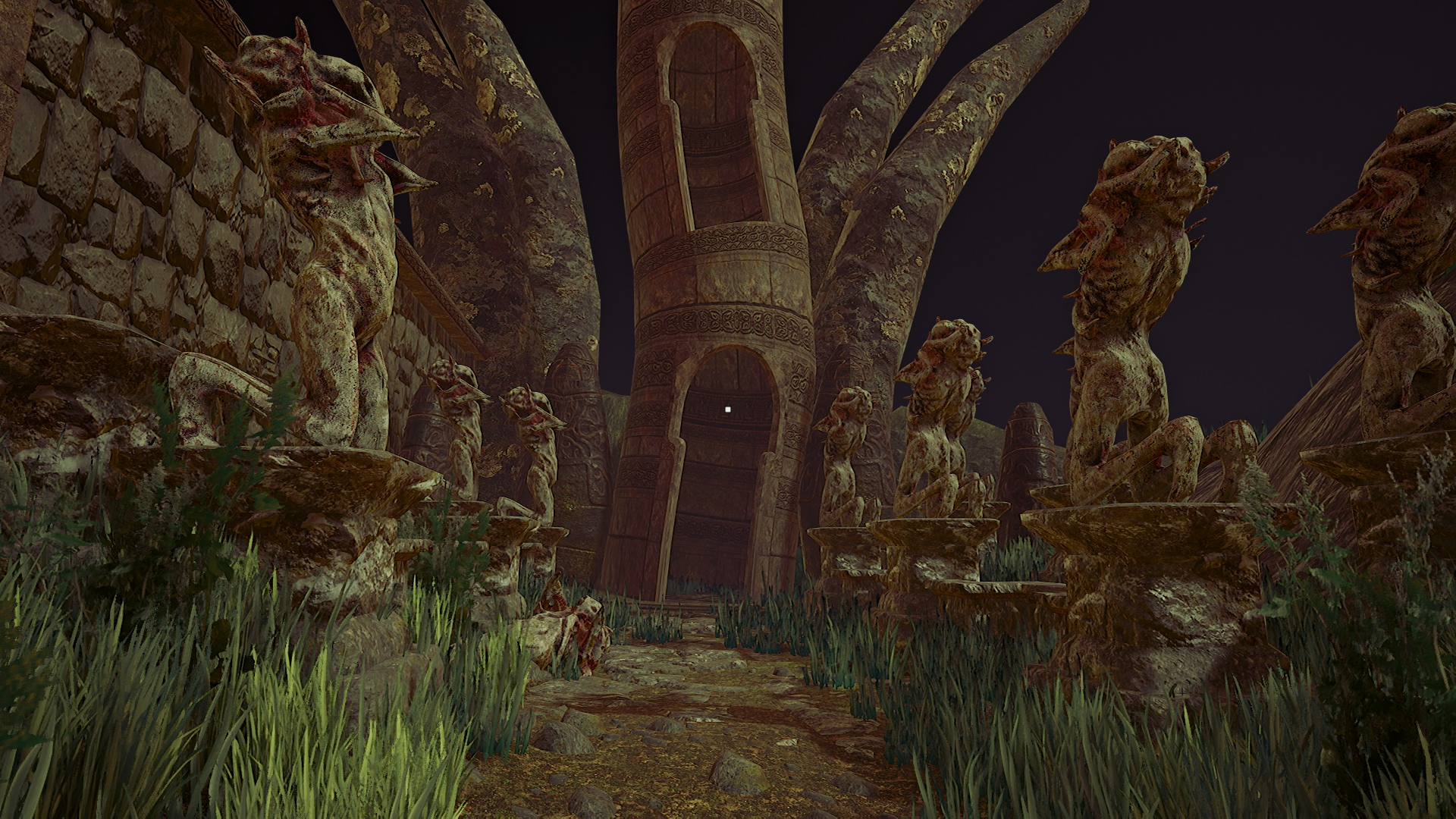
But it rambles and drags so, so much, that it ultimately gets lost in thought and feels more like a confused tribute, rather than an independent work with a greater purpose.Īs a videogame, Conarium is not all roses, but it is not all bad either, as both visually and mechanically, it outperforms most modern first person indies.

In many ways, it feels like a paper written by a 12-year-old boy on the subject of his favourite comic book. It gives you the lowdown on who’s who, and what’s what. Lovecraft, more than a video game, as the studio behind title has clearly cared more about the source material, than their own creation itself. This makes the title feel like a bright-eyed tribute to H.P.

As whenever you get going, you end up having to take a break – only to abruptly return to exploration. Such an approach to game design completely demolishes any semblance of sane pacing, as ultimately Conarium feels like an old Soviet Lada which starts and stops seemingly every 30 seconds.īeing forced to stand still for minutes at a time while listening to somebody ramble about something you have read about within a collectible document can be, and is, incredibly frustrating. When it comes to exposition, Conarium is an incredibly strange title, as it will stop you dead in your tracks and force to listen to a bland audio-log, but will let you freely explore an area when trying to scare you. As I, myself, have found in numerous situations where the screen would start shaking, signifying a supernatural presence, while I was staring at a seemingly black wall. At times, it even causes you, the player, to completely miss certain aspects of it. It is truly disappointing, as there are times where the player positioning in the scene makes the horror seem more like pantomime, more than anything else. The above described issues are not limited to the prior-detailed scene either, as wide and mostly uninspiring camera angles are used throughout the four hour or so horror adventure. This can be seen right from the very beginning, as the camerawork, especially during the introductory dream segment leaves a lot to be desired and the lacklustre, borderline lazy use of the first person perspective demolishes any sense of dread and tension, which otherwise could exist. But unlike the prior, the latter lacks the attention to detail, and auxillary content of the latter. As many, including the developers of the recently released Conarium, have failed to achieve the same heights.Ĭonarium, just like The Call of Cthulhu, is a first person Lovecraftian horror, which mainly revolves around exploration of both in-game environments and the work of the abovementioned author, On the Mountains of Madness. However, this accomplishment can, and should be attributed to the developer of the tile alone.

In many ways, Call of Cthulhu has shown that it is in fact possible, to create a premium experience without the backing of a major publisher. Sure it did try its best to match the scope and quality of AAA horrors, with what I assume was a quarter of major league budget, but for what it’s worth, it was a consistent experience throughout.

Not so long ago I had a chance to play the Call of Cthulhu, which despite of its many technical drawbacks, was a relatively decent title.


 0 kommentar(er)
0 kommentar(er)
